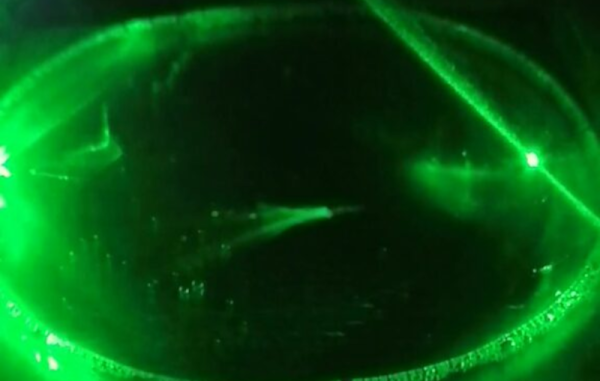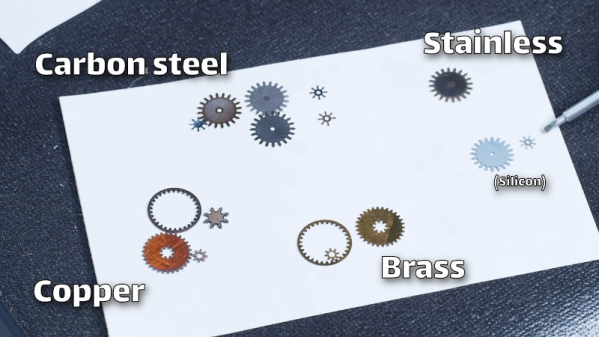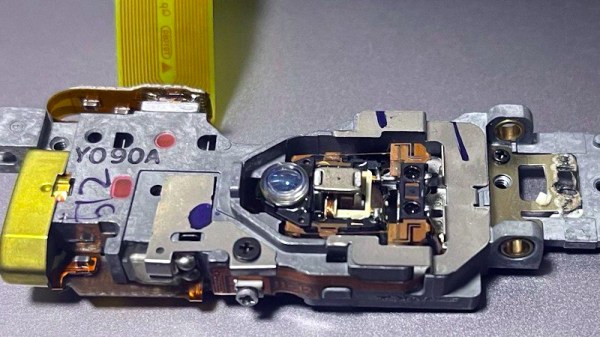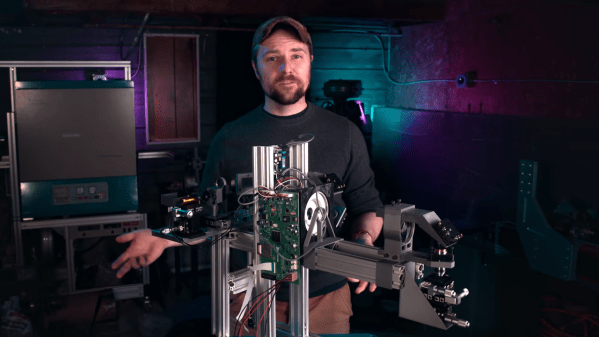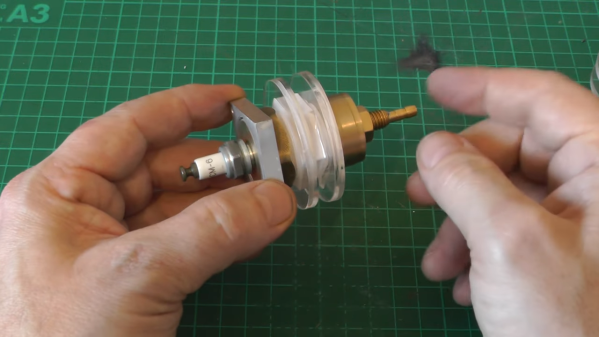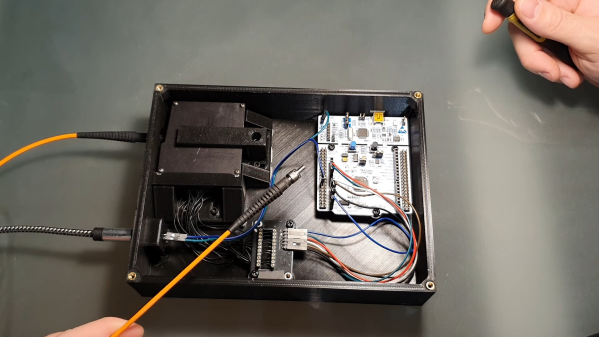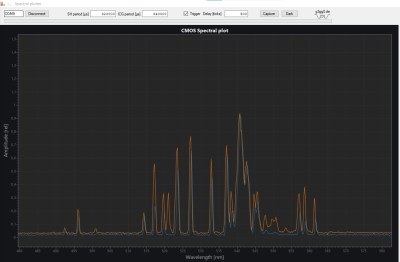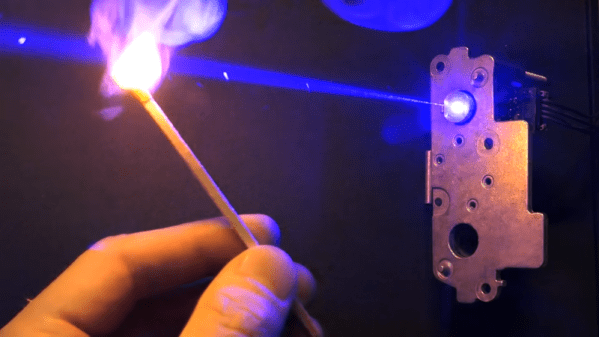You might think that anything to do with a soap bubble is for kids. But it turns out that observing light scattering through a soap bubble produces unexpected results that may lead to insights into concepts as complex as space-time curvature. That’s what [stoppi] says in his latest experiment — generating “light whiskers” using a laser and a soap bubble. You can watch the video, below, but fair warning: if videos with only music annoy you, you might want to mute your speakers before you watch. On the other hand, it almost seems like a laser light show set to music.
The setup is simple and follows a 2020 Israeli-American research paper’s methodology. A relatively strong laser pointer couples to a fiber-optic cable through a focusing lens. The other end of the fiber delivers the light to the soap bubble, where it separates into strands that exhibit something called branched flow.
Our physics knowledge isn’t deep enough to explain what’s going on here. However, if you have an interest in reproducing this experiment, it doesn’t look like it takes anything exotic. The original paper has a lot to say on the topic and if that’s too heavy for you, there’s always the Sunday supplement version.
If there is ever a practical application for this, we’ll see an uptick in the design of bubble machines. Oddly, this isn’t the first time we’ve seen lasers married with bubbles.

